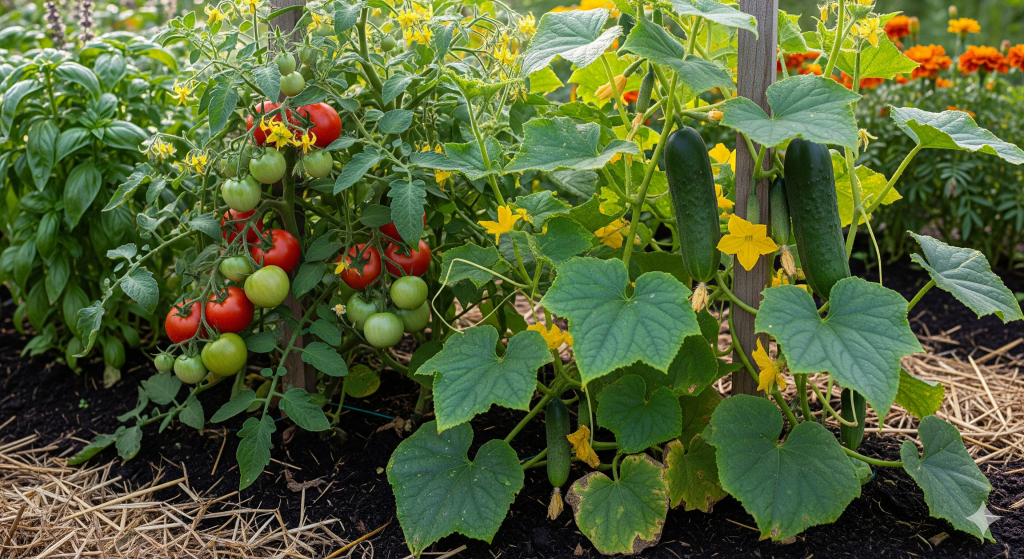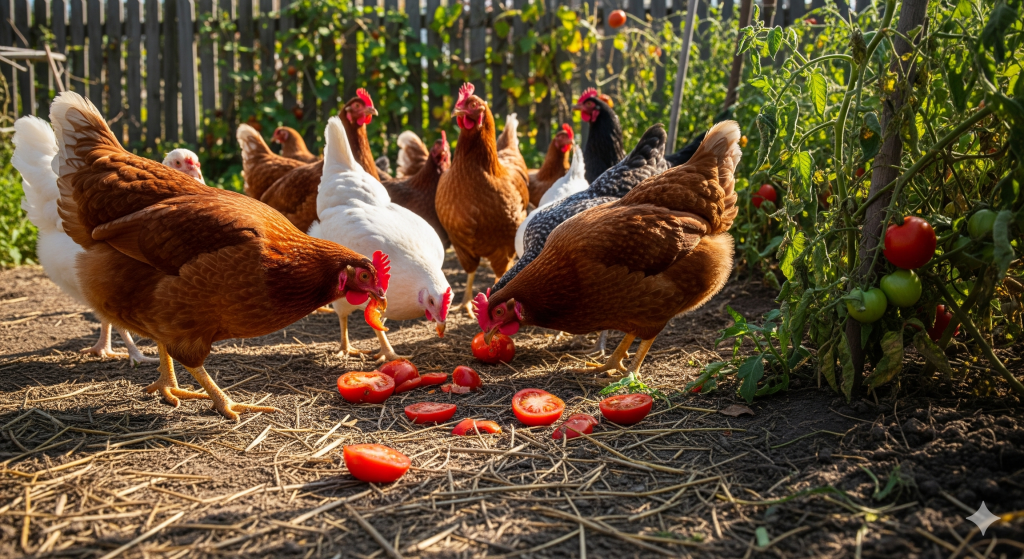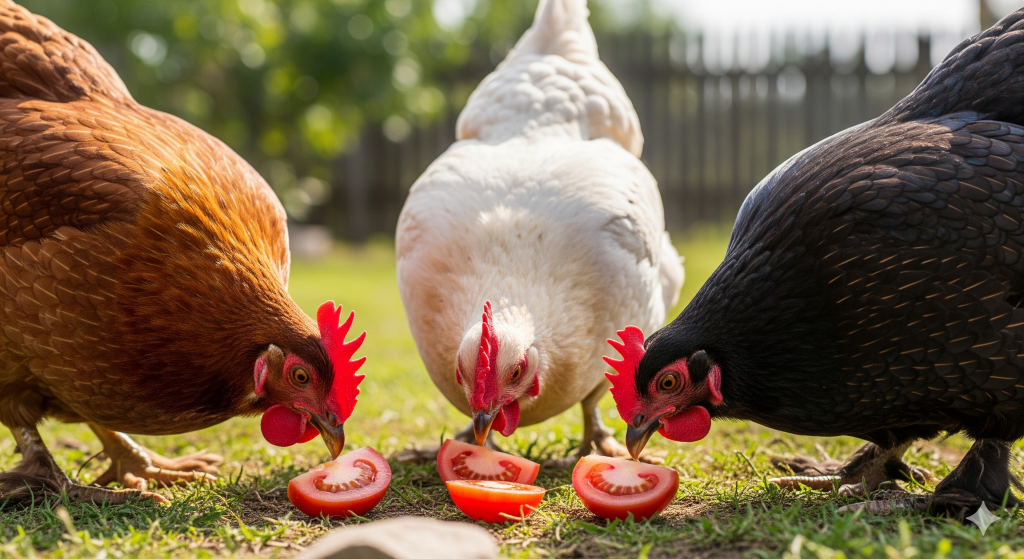Table of Contents
Companion planting is a time-honored gardening practice that involves growing different plants in close proximity to benefit one another. When it comes to popular summer crops like tomatoes and cucumbers, many gardeners wonder if these two can be good neighbors. The answer is a qualified yes—they can be grown together, but it requires careful planning to manage their specific needs.
This guide will walk you through the pros and cons of planting these two garden favorites together and offer tips for a successful harvest.
What Should You Not Plant Cucumbers Next To?
Before pairing any plants, it’s wise to know which combinations to avoid. Cucumbers have a few “unfriendly neighbors” that can hinder their growth, either by competing for resources, attracting the same pests, or releasing harmful chemicals into the soil.
- Potatoes: Potatoes are heavy feeders and can compete with cucumbers for nutrients and water. They are also susceptible to blight, which can spread to cucumber plants.
- Aromatic Herbs: Strong-smelling herbs like sage can stunt the growth of cucumbers and may even affect their flavor.
- Melons: Since melons are in the same plant family as cucumbers (Cucurbitaceae), they attract the same pests and diseases. Planting them together can increase the risk of a widespread infestation.
Want the Ultimate Guide to Off-Grid Living?

If you love the self-sufficient lifestyle, this is the only guide you’ll ever need. Learn how to generate your own power, secure your water supply, and become truly independent. No fluff, just actionable plans.
➡️ Check out The Self-Sufficient Backyard and start your journey today!
Can You Put Cucumber and Tomato Plants Together?
The short answer is yes, you can plant cucumbers and tomatoes together, but it’s not a simple case of “plant it and forget it.” While they share similar needs for sunlight, water, and rich soil, they are both heavy feeders, which means they will compete for nutrients.
To successfully plant them together, you need to:
- Provide Ample Space: Don’t overcrowd your plants. This can lead to poor air circulation, which encourages fungal diseases.
- Ensure Good Nutrition: Amend your soil with plenty of compost and consider a balanced fertilizer throughout the growing season to meet the demands of both plants.
- Manage Vining: Use separate trellises or stakes to support each plant and prevent them from tangling and shading each other out.
Can You Grow Tomatoes and Cucumbers Together in a Greenhouse?
Growing tomatoes and cucumbers together in a greenhouse is a common practice, but it requires careful management of the environment. Cucumbers thrive in high humidity, while tomatoes prefer a drier environment to prevent fungal diseases like blight.
To strike a balance, ensure good ventilation by opening vents and doors, and water at the base of the plants in the morning to allow the foliage to dry during the day. This will help you create a microclimate that can support both crops.
What Is the Best Companion Plant for Tomatoes?
Tomatoes have several companion plants that can help them thrive by repelling pests, attracting beneficial insects, and improving the soil. Some of the best choices include:
- Basil: This classic pairing is said to repel tomato hornworms and whiteflies. Many gardeners also claim it improves the flavor of the tomatoes.
- Borage: This herb attracts pollinators and is known to deter tomato hornworms.
- Carrots: Carrots can be planted with tomatoes to help loosen the soil.
- Marigolds: These flowers are a powerhouse in the garden, repelling nematodes (microscopic worms that attack tomato roots) and other pests.
Conclusion
Planting tomatoes and cucumbers together is possible and can be a great way to maximize space in your garden, as long as you are mindful of their needs. By providing them with enough space, nutrients, and support, and by managing the environment in a greenhouse, you can successfully grow these two popular vegetables side-by-side. For an even healthier garden, consider adding beneficial companion plants like basil and marigolds to create a thriving and productive ecosystem.



